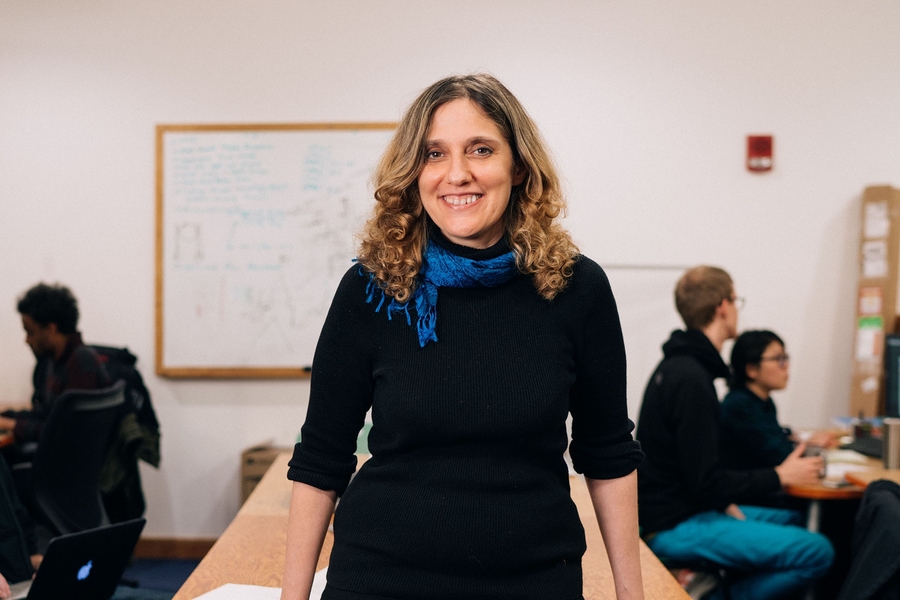Dr. Regina Barzilay, a professor at MIT and a pioneer in artificial intelligence (AI), is not only moving the needle in science and technology – she is rebuilding the compass. Her work not only advances medical technology but also challenges how we think about diagnosis, treatment, and the human experience behind each.

Barzilay’s journey into medical AI did not begin in a lab. It began in a hospital room in 2014, when she received a breast cancer diagnosis. For most, that moment signals a personal battle. For her, it became something more. It became the beginning of a mission to reimagine cancer care through machine learning.
Rather than accepting the limitations of conventional medicine, she began asking difficult questions. Could machines detect what doctors couldn’t yet see? Could data unlock better decisions earlier, more accurately, and more fairly?
To answer these questions, Barzilay and her research team developed deep learning systems that can analyze mammograms and pathology reports with remarkable precision – even identifying cancer risk up to five years before it might manifest. Unlike traditional screening methods that rely on general risk factors, her AI models find hidden patterns within the data, often invisible to the human eye. Crucially, they outperform current standards across racial groups, helping to address persistent disparities in diagnosis outcomes.
But early detection is only part of the story. Barzilay also tackled the vast pool of unstructured medical data – decades of handwritten or free-text pathology notes that had gone largely untapped. By designing algorithms that could read and interpret these records, her team transformed fragmented information from over 100,000 breast cancer cases into a powerful, searchable resource. This resource enables treatment guided by real-world outcomes rather than limited clinical trial data.
Barzilay’s work is deeply personal. Looking back at her own medical records, she realized her cancer could have been caught earlier if the right tools had existed. That insight has fueled her commitment to creating clarity where uncertainty prevails.
At the MIT Jameel Clinic, where she leads AI initiatives in health, Barzilay is expanding her reach far beyond cancer. Her collaborative research contributed to the discovery of halicin, the first new antibiotic in decades capable of fighting drug-resistant bacteria.
Her contributions have earned her major honors, including the MacArthur “Genius” Grant and election to the National Academies of Medicine and Engineering. But accolades aren’t what drive her. Barzilay remains motivated by a sense of urgency that isn’t just to innovate, but also to integrate. She often points out the lack of collaboration between clinicians and AI researchers and actively builds those bridges herself.
“AI should be part of the clinical conversation from the start,” she has said – not out of novelty, but out of necessity.
Disclaimer: The views and opinions expressed in this interview are those of the interviewees and do not necessarily reflect the views or positions of Public Health Landscape or Valent BioSciences, LLC.
